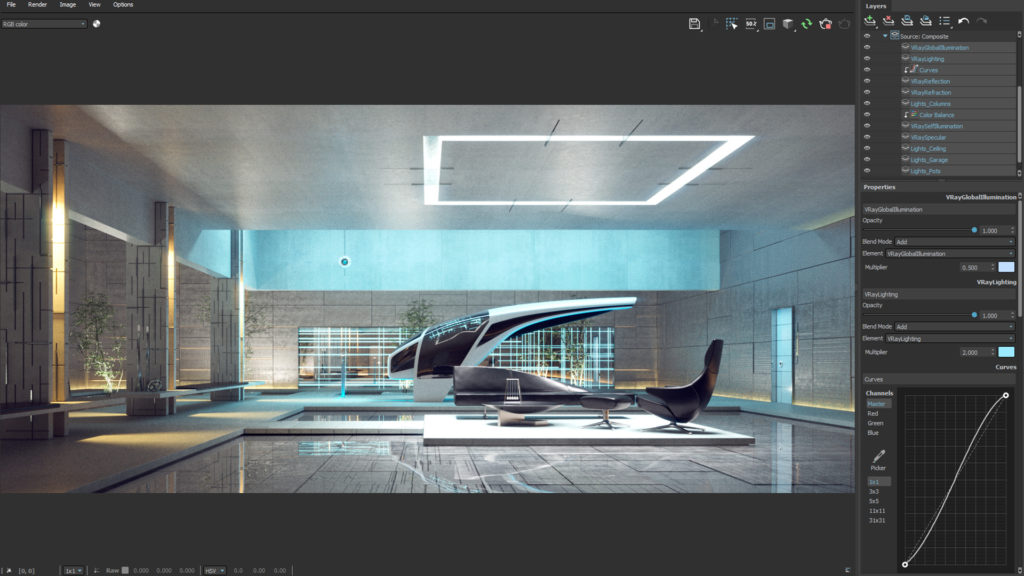

It is possible however that the Monitor paths specified by the job do not match what VRay ended up saving, so viewing the output does not work. In that case, VRay is the one saving the data. So no copying is required, and whatever is defined in the render dialog should end up saved in the final destination folder. With Local Rendering unchecked, the renderer saves straight to the network location specified in the render dialog. /rebates/2fproducts2f3ds-max2foverview1&. It can get even worse when doing Tile/Jigsaw rendering as the file names become even more complex.

click drag connection line and if user drops connection on empty space, prompt Hotbox. render elements should support multiple attribute blocks. This is usually because VRay inserted additional delimiters, or otherwise modified the file name. select from Dropdownlist showing available instances of 3ds Max which Vexus can communicate with (with refresh) over-scan feature for cameras. However, in some edge cases, it appears that the file names saved locally by the renderer do not match the file names the Slave expected to find, so the Slave fails to copy them over. This is to avoid writing directly over the network, and failing due to some network congestion (if you have 1000+ nodes trying to save at the same time, it could happen). Once the rendering is done, the Slave tries to copy these files to the final destination, multiple times if necessary. When Local Rendering is checked, the output is first saved to the temp Deadline folder on the Slave. You are supposed to UNcheck the Local Rendering option. In fact I don’t know why but suddenly even unchecking the separate folder option doesn’t save the element at all anymore… Checking the local rendering option doesn’t work for me.


 0 kommentar(er)
0 kommentar(er)
